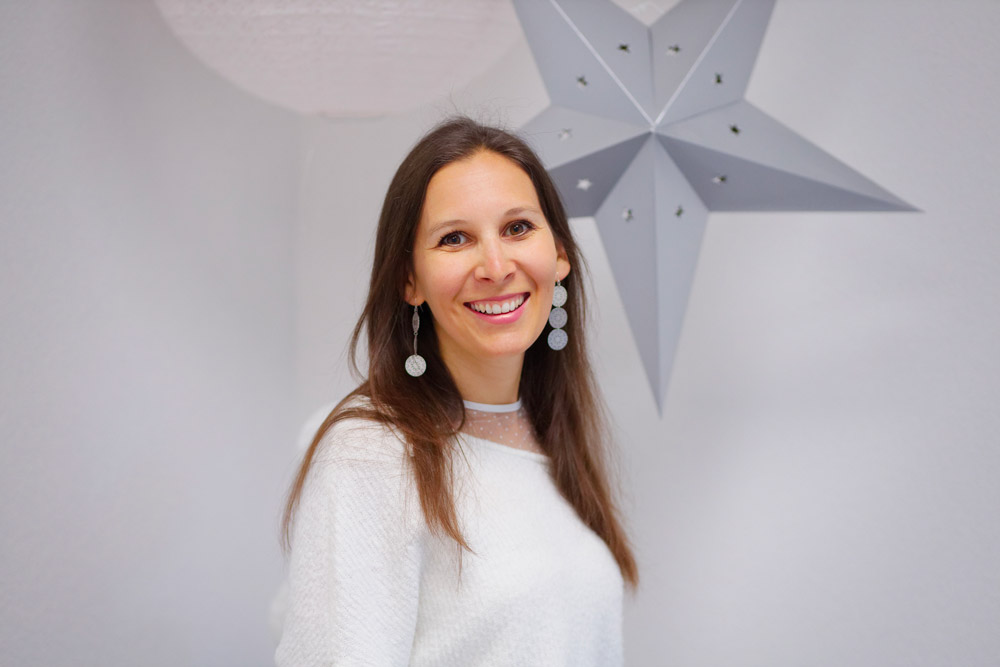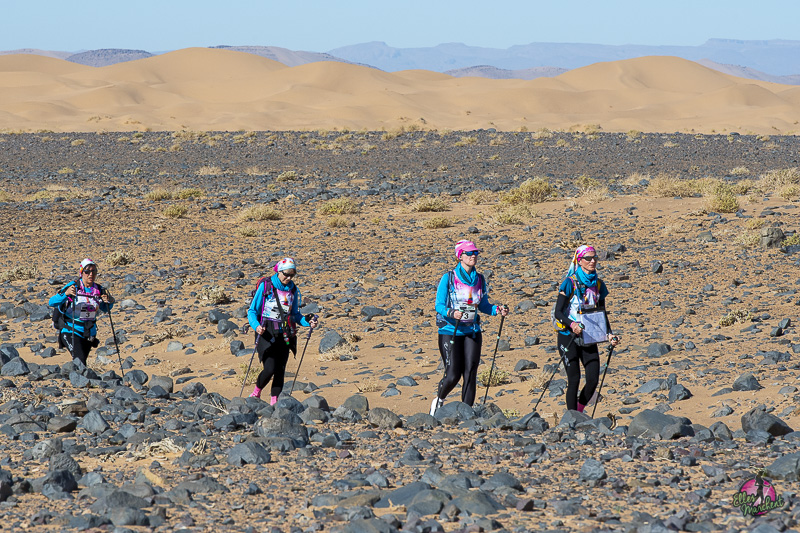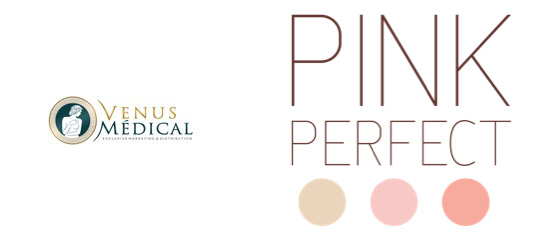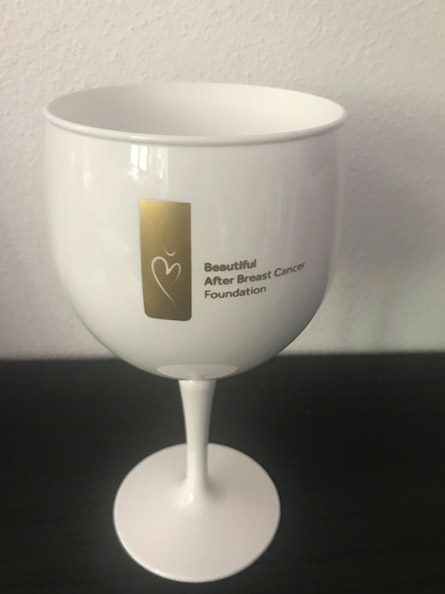Soins de la peau et chimiothérapie
Skin
It is the largest organ in our bodies, which acts like a barrier that protects us from noxious environmental bacteria, viruses and fungi. It also regulates our temperature in our bodies and enables us to receive sensory impulses: the way we perceive things in the environment; heat or cold, and when we touch things. It also is in charge of forming Vitamin D, which is very important for our overall health.
The importance of this is that during chemotherapy treatment, most drugs block the activity or the ability of cells in our bodies to divide or grow, and therefore most chemotherapy will not be able to differentiate between a cancer cell that they are destroying or a normal cell such as skin cells that are growing. This leads to the dermatologic side effects as outlined below:
- Dry skin
- Rash
Many chemotherapy drugs may induce a photosensitivity rash.
Steroids are often used to reduce the risk of reactions and sickness around the time of chemotherapy sessions which can cause an acnefiorm rash. - Hand foot syndrome.
This is an adverse effect of some chemotherapy drugs such as oral capecitabine, 5-fluorouracil and doxorubicin. This manifests as a low grade mild redness of the palms and soles of the feet. However it may progress to painful blisters and peeling of the skin. - Radiation recallThis is an area of redness that develops in the field of radiation therapy after receiving a certain chemotherapy drugs.
The following are key tips to maintaining skin integrity and preventing areas of breakdown which increases the likelihood of infection.
- Maintain good skin hydration
- Good skin hygiene
- Moisturise regularly one’s face, hands and feet depending on the one’s chemotherapy regimen.
- Avoid prolonged sun exposure. Wear SPF protective sun screen. Wear gloves when gardening, long sleeves and a hat when in the sun.
- Seek medical attention from your GP if a rash develops. Always consult with your oncologist or surgeon in the setting of a rash near your breast surgical scar.
External Links:
http://www.lookgoodfeelbetter.co.uk/site/index.cfm
http://www.cancerresearchuk.org/cancer-help/coping-with-cancer/coping-physically/skin/
References
Gandey, Allison, “Minimize Chemotherapy-Induced Hand-Foot Syndrome. Medscape Medical News <http:www.medscape.com/viewarticle/561266> (January 2011).
Haas, Marilyn, and Giselle Moore-Higgs, ed. Principles of Skin Care and the Oncology Patient. Pittsburgh: Oncology Nursing Society, 2010.
Lacouture, M. E., and Melosky, B. L., “Cutaneous Reactions to Anticancer Agents Targeting the Epidermal Growth Factor Receptor: A Dermatology-Oncology Perspective.” Skin Therapy Letter 12.6 (2007): 1-5.
Topical hyaluronic acid vs. standard of care for the prevention of radiation dermatitis after adjuvant radiotherapy for breast cancer: single-blind randomized phase III clinical trial.
Pinnix C, Perkins GH, Strom EA, Tereffe W, Woodward W, Oh JL, Arriaga L, Munsell MF, Kelly P, Hoffman KE, Smith BD, Buchholz TA, Yu TK.
Int J Radiat Oncol Biol Phys. 2012 Jul 15;83(4):1089-94. doi: 10.1016/j.ijrobp.2011.09.021. Epub 2011 Dec 14.
Phase II study assessing the effectiveness of Biafine cream as a prophylactic agent for radiation-induced acute skin toxicity to the breast in women undergoing radiotherapy with concomitant CMF chemotherapy.
Szumacher E, Wighton A, Franssen E, Chow E, Tsao M, Ackerman I, Andersson L, Kim J, Wojcicka A, Ung Y, Sixel K, Hayter C.
Int J Radiat Oncol Biol Phys. 2001 Sep 1;51(1):81-6.


 Céline Zorn, sage-femme, coach de vie et praticienne en hypnose allie ses différents domaines d’expertise et son expérience ...
Céline Zorn, sage-femme, coach de vie et praticienne en hypnose allie ses différents domaines d’expertise et son expérience ... Move your breast est un gala de soutien qui a pour but de mettre en lumière les conséquences du cancer du sein sur le corps de la femme et sur sa féminité au sens large...
Move your breast est un gala de soutien qui a pour but de mettre en lumière les conséquences du cancer du sein sur le corps de la femme et sur sa féminité au sens large... Voilà trois semaines que nous sommes rentrées, c'était formidable et nous avons profité chaque instant de cette magnifique aventure.
Voilà trois semaines que nous sommes rentrées, c'était formidable et nous avons profité chaque instant de cette magnifique aventure. Venus médical s’engage dans le processus de reconstruction mammaire. L’esthétique est terriblement importante ...
Venus médical s’engage dans le processus de reconstruction mammaire. L’esthétique est terriblement importante ... Soutenez notre association avec le verre BABC de l'amitié
Soutenez notre association avec le verre BABC de l'amitié